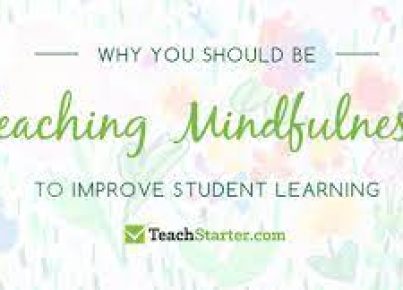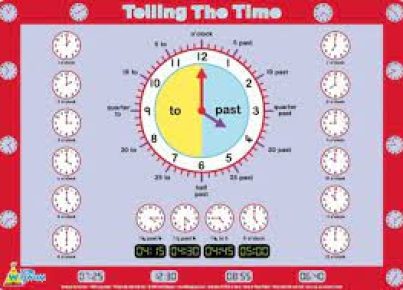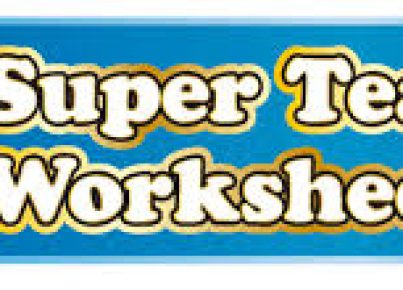Introduction:
In upper years education, it is crucial to expose students to various text types to enhance their literacy skills. By incorporating different text types, educators can foster critical thinking, communication, and creativity in their students. In this article, we will delve into 10 essential text types that can be utilized as valuable teaching resources. Let’s explore these engaging text types and discover how they can empower students’ learning.
1. Descriptive Texts:
Descriptive texts provide detailed descriptions using sensory language, allowing students to visualize people, places, or objects. These texts develop students’ ability to create vivid imagery in their writing and enhance their descriptive skills.
2. Narratives:
Narratives involve storytelling and can captivate students’ imagination. By introducing narratives, teachers can develop students’ narrative writing techniques, such as character development, plot structure, and dialogue.
3. Persuasive Texts:
Persuasive texts teach students how to express their opinions effectively and convince others. By analyzing persuasive arguments and writing their own persuasive pieces, students can develop critical thinking skills and enhance their ability to present logical arguments.
4. Expository Texts:
Expository texts provide factual information and explanations about specific topics. By incorporating expository texts, educators can enhance students’ research and analytical skills, fostering their ability to present information in a clear and concise manner.
5. Procedural Texts:
Procedural texts guide readers through a series of steps to accomplish a task. By using procedural texts, students can develop their writing skills by providing clear instructions and understanding the importance of sequence and order.
6. Informational Texts:
Informational texts present non-fiction information about various subjects. By introducing informational texts, educators can help students broaden their knowledge and understanding of the world around them, while enhancing their reading comprehension skills.
7. Analytical Texts:
Analytical texts enable students to critically evaluate and analyze information. These texts develop students’ ability to identify arguments, evidence, and logical reasoning, fostering their critical thinking and analytical skills.
8. Reflective Journals:
Reflective journals encourage students to express their thoughts and feelings on a topic. By writing reflective journals, students can develop self-awareness, improve their communication skills, and enhance their ability to analyze their own learning experiences.
9. Creative Writing:
Creative writing allows students to explore their imagination and express their thoughts in innovative ways. By encouraging creative writing, educators can nurture students’ creativity, enhance their storytelling skills, and foster their ability to think outside the box.
10. Poetry:
Poetry provides a unique outlet for students to express their emotions and use language creatively. By exploring different poetic forms and techniques, students can develop their creative expression, enhance their understanding of figurative language, and experiment with various writing styles.
Conclusion:
Incorporating a wide range of text types into upper years teaching resources is instrumental in fostering students’ literacy skills and enhancing their overall learning experience. By exposing students to descriptive texts, narratives, persuasive texts, and other key text types, educators can promote critical thinking, creativity, and effective communication. These valuable teaching resources empower students to become well-rounded individuals who can thrive in both academic and real-world contexts.





